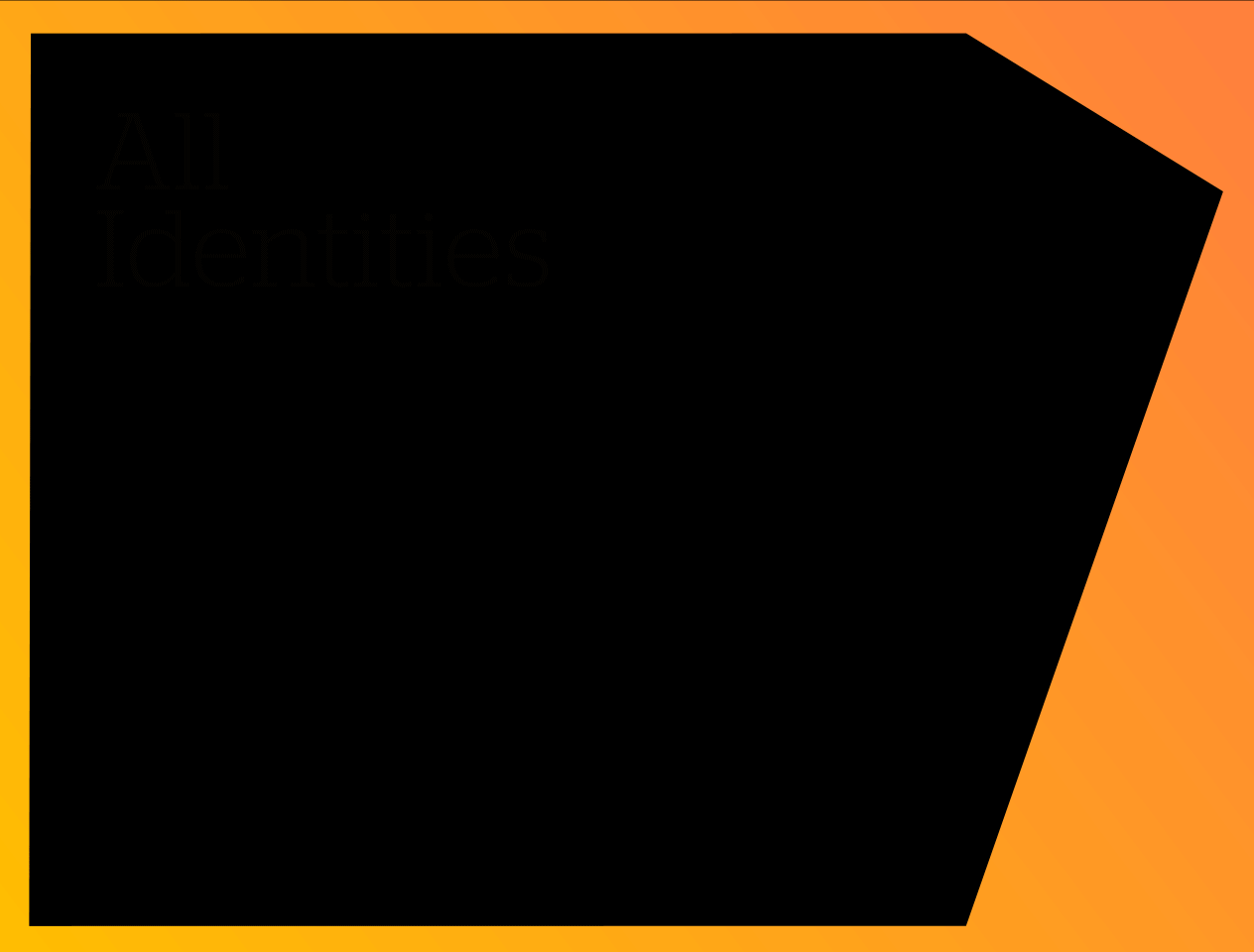It’s no secret that the employee experience with HR has developed a bad rep. The reality is that most people associate HR with two things: hiring and firing. For many organizations, HR is rule enforcement, the behavior police, gliding in when the people problems arise. And even when employees do have a positive experience with HR, it’s often limited to the brief experience of onboarding.
Building Responsibility
We’ve mentioned that attracting, engaging, and retaining top talent is the top priority for executives today. And for most businesses, this responsibility falls on HR. It’s no small responsibility, either. The competition for top talent today is intense, and this talent often feels overwhelmed at the options, lost in a sea of thrown-around benefits, unsure if they really are a good fit, or confused about what their work experience would really be like.
And in a fervent search for the right people, businesses are now realizing that people want to be treated as just that, people. Not tools for production. Not numbers on a salary sheet. Not expendable workers. But people who are important to the present and future success of the business, who want to feel like their experience and work matters to employers. Money is no longer the sole motivating factor for talent today. Employees need to feel meaningfully connected to the brand they work for.
A Shift in Role
With the challenge of getting talent on board as top-of-mind, many agree that HR needs a rebrand. This means a shift in focus: away from money and people as resources and towards the creation and building of a holistic, compelling experience for employees. As a result, some organizations are saying “Bye, Bye, to Human Resources?” altogether.
In fact, several of the pioneering companies under-going this shift have renamed HR: “Employee Experience” or other people-centric terms that are among the most popular new names. Although notable, a name change isn’t enough to really elevate your brand and differentiate your workplace. The brand must also behave in a way that puts its people and their experiences first – at every touchpoint. And placing people at the center may be the most promising competitive advantage brands can create today.
Mavericks in the Move
Going against the grain is never easy, but HR leaders who want to succeed need to become mavericks. Building something that goes against the norm, challenges the status quo, and sees beyond the perceived limitations of HR, takes courage, hard work, and drive. And there’s no cookie cutter approach to building a successful employee experience. It needs to authentically reflect your own brand’s purpose and promise.
To be a maverick in this shift, collaboration is key. Oftentimes, businesses steer towards trying to segment different components of the employee experience by dividing areas like “talent,” “recruiting,” and “ground control.” However, by bringing them together under one roof, your team can more easily discover disconnects, divides, and unearth more key areas that need focus. By coming together, conversing, and aligning, the whole brand experience will be more cohesive, powerful, and compelling.
Consider the Whole Journey
Every interaction with the brand matters: a potential employee’s first landing on your website, the first day of work, the last day, and every experience with the brand before and after. It’s not only about building an experience that makes current employees more engaged, productive, and inspired (which with a focus on employee experience, you’ll do). Nor is it about throwing some beanbags in a room or pasting your mission statement on a wall for all to see. It’s much bigger. It’s about building an entire brand experience that extends from employees’ first encounter to long after they’ve worked for you.
The employee experience should reflect and drive your culture, helping employees live your promise and lead with purpose. So consider your entire employee journey from start to finish. How do you support employees along the way? How do you connect people to the journey and how does the journey make them feel at each stage? Putting energy into a 2-day onboard is great, but how do you extend this kind of care? Your brand needs a dedicated team – whether that’s HR or the ‘People Team’ – responsible for the employee experience along the entire brand journey.
Employee Experience = Every Touchpoint
Despite the buzz around employee experience, a clever renaming isn’t enough. For companies that are finding success with this shift, the rename is only a catalyst for change. Your business must consider how to influence each and every touchpoint in a positive way. Building and growing a holistic employee experience is no small task. So make sure your HR team has a seat at the table, and a strategic seat at that.
To stand out and compete, your brand must resonate with people at every interaction. Your brand promise should be reflected in the voice of your communications, positively modeled by your leader’s workplace behavior, and reinforced by everyone within the organization. A thoughtful employee experience should breathe your promise and motivate and inspire people towards your purpose.
Placing focus on each and every touchpoint of the entire employee experience will help your business recruit, retain, and add meaning to every interaction people have with your brand. Investing in your employee experience is investing in your brand and its long-term success.
Emotive Brand is a San Francisco branding agency.






